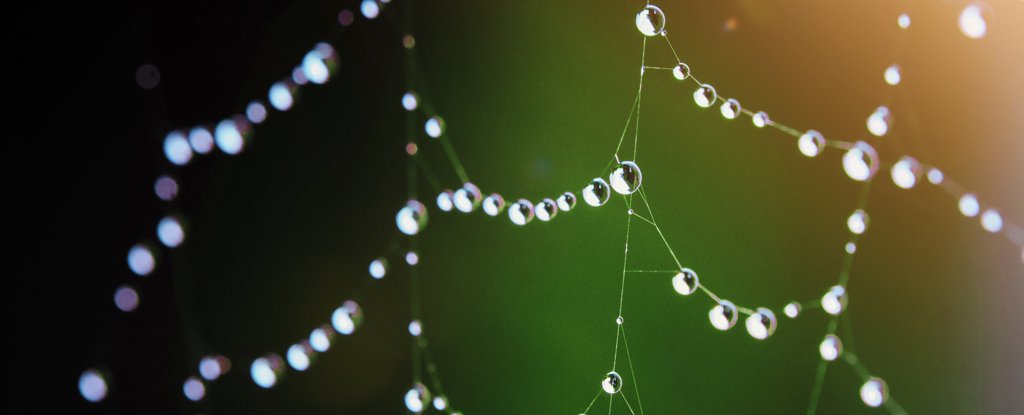Products You May Like
Since being plunged into a global pandemic, we’re probably far more aware of being surrounded by microdroplets of water. In humid air or expelled by a cough, sneeze or talking, these droplets can carry tiny particles with them, from pollution to viruses like the flu.
Back in 2019, the basic chemistry of these motes of environmental water delivered a surprise: Researchers found ordinary, otherwise benign water droplets could somehow spontaneously form small but significant quantities of hydrogen peroxide (H2O2).
Yes, the same weakly acidic stuff we use to bleach hair or disinfect wounds.
Now a team of researchers have discovered the spontaneous reaction occurs on contact with solid surfaces, and it may play a role in flu seasonality.
“We think we know so much about water, one of the most commonly encountered substances, but then we’re humbled,” says Stanford University chemist Richard Zare, who was part of both discoveries.
In bulk, water is fairly stable but dividing it down into tiny droplets appears to drastically change how it behaves in comparison.
As objects shrink in size, their relative volume decreases faster than their surface area. This means a tiny water droplet will have a far greater proportion of its molecules exposed to the surrounding environment than those in a glass, a bucket, or a lake.
It is at this exposed surface where the hydrogen peroxide forms, Jianghan University chemist Bolei Chen, Zare and colleagues confirmed.
Using a dye that glows in the presence of H2O2 the team mapped its occurrence in droplets contacting a glass surface and found it was most concentrated at the interface between the two types of matter.
The researchers demonstrated H2O2 was also produced when the droplets touched nine other solids including soil or finer dusts floating in our air.
In a previous study they also showed it occurred naturally, simply when water condenses from the air onto cold surfaces. What’s more, the amount of H2O2 increased with humidity.
“It appears that contact electrification yielding hydrogen peroxide is a universal phenomenon at water-solid interfaces,” explains Zare.
To suss out where the droplets steal the extra oxygen atom from, the researchers treated the glass surface with a heavy oxygen isotope, 18O.
Sure enough, the droplets formed hydrogen peroxide by adopting the glass’s surface 18O atoms, confirming that excitable elements of hydrogen and oxygen called hydroxyl radicals attached to the surface material were the source.
As the acid formed, Chen and the team could also measure an electric current flowing from the solid to the ground in time with the increasing glow of the dye.
This confirmed the findings of previous studies that suggested an exchange of electrons was taking place in a process called contact electrification, creating the hydroxyl radicals.
This of course doesn’t preclude that some of the raw materials may be provided by other sources in the environment like ozone (O3), the team writes in their paper. But it does confirm that water droplets and a solid surface alone are all that’s required.
“Contact electrification provides a chemical basis for partly explaining why there is seasonality to viral respiratory diseases,” says Zare.
With increased moisture in warm summer air carrying small amounts of hydrogen peroxide, it could be one more obstacle for circulating pathogens to deal with.
In contrast, cool, dry winter air might just give viruses that small advantage in jumping from one sniffly nose into another.
This research was published in PNAS.
